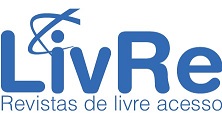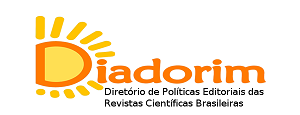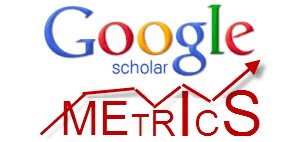Gender approach in family farming
a study based on agricultural census data in the Montes Claros microregion, Minas Gerais (2017)
DOI:
https://doi.org/10.70860/rtg.v14i32.15207Keywords:
Gender, Social inequality, RuralityAbstract
Gender inequality is a persistent issue in the Brazilian social landscape. Arbitrarily, this dynamic is reproduced within the family sphere, distorting the social roles of men and women under patriarchal norms. This study examines the Montes Claros microregion in Minas Gerais, using data from the 2017 Agricultural Census, with a focus on the characteristics of family farmers—particularly gender, race, age, and education—to assess women’s participation in rural activities. Thus, the research aims to analyze the role of women in family farming within the Montes Claros microregion. The study’s rationale lies in highlighting the significance of gender in rural labor. Methodologically, the research is structured into three stages: first, a literature review of key authors on the subject; second, a characterization of the study area; and finally, an analysis and discussion of data extracted from the 2017 Agricultural Census. Overall, the findings reveal evident disparities in women’s management of agricultural establishments compared to men. It is worth noting that this study focuses on select quantitative variables that illustrate the observed scenario.
References
Atlas do desenvolvimento humano no brasil: base de dados, 2013. Disponível em:<http://www.atlasbrasil.org.br>. Acesso em: julho de 2021.
BOURDIEU, Pierre. A dominação Masculina. Editora Bertrand Brasil, Rio de Janeiro, 2003.
BURG. Inês Claudete. LOVATO, Paulo Emilio. Agricultura Familiar, Agroecologia e Relações de Gêneros. Congresso Brasileiro de Agroecologia. Rev. Bras. Agroecologia, v.2, n.1, 2007.
FOUCAULT, Michel. História da sexualidade I- A Vontade do Saber. 12ª ed. Graal, Rio de Janeiro, 1988.
INSTITUTO BRASILEIRO DE GEOGRAFIA E ESTATÍSTICA-IBGE. Censo Agropecuário, 2017. Disponível em:<http://www.ibge.gov.br>. Acesso em: julho de 2021.
INSTITUTO BRASILEIRO DE GEOGRAFIA E ESTATÍSTICA (IBGE), Censo demográfico 2022, Rio de janeiro, 2011. Disponível em:<http://www.ibge.gov.br>. Acesso em: julho de 2024.
LEI, Nº. 11326, de 24 de julho de 2006. Estabelece as diretrizes para a formulação da Política Nacional da Agricultura Familiar e Empreendimentos Familiares Rurais. Disponível em http://www. planalto. gov.br/ccivil_03/_Ato2004-2006/2006/Lei L, v. 11326, 2015.MINISTÉRIO DA AGRICULTURA, PECUÁRIA E ABASTECIMENTO. Panorama do Agronegócio no Brasil. Brasília- DF, 2009.
MELO, Lígia de Albuquerque. Relações de gêneros na a agricultura familiar: o caso do PRONAF em Afogado da Ingazeiras-PE/ Recife, 2003.
MENASCHE, Renata. TORRES, João Carlos Sampaio. Gênero e Agricultura familiar: cotidiano de vida o trabalho na produção de leite. DESER- CEM TR/PR. Curitiba, 2010.
RUBIN, Gayle. O Tráfico de Mulheres. Notas sobre a “Economia Política” do sexo. ed. SOS- Corpos, Recife, 1993.
SANTOS, B. de S. Epistemologiesofthe South: Justice AgainstEpistemicide. Boulder: Paradigm Publishers.
Downloads
Published
How to Cite
Issue
Section
License
Copyright (c) 2025 Tocantinense Journal of Geography

This work is licensed under a Creative Commons Attribution-NonCommercial-NoDerivatives 4.0 International License.
Revista Tocantinense de Geografia does not remunerate any author for the publication of their texts. The contents of the texts published in this journal are the responsibility of the authors.








.png)












